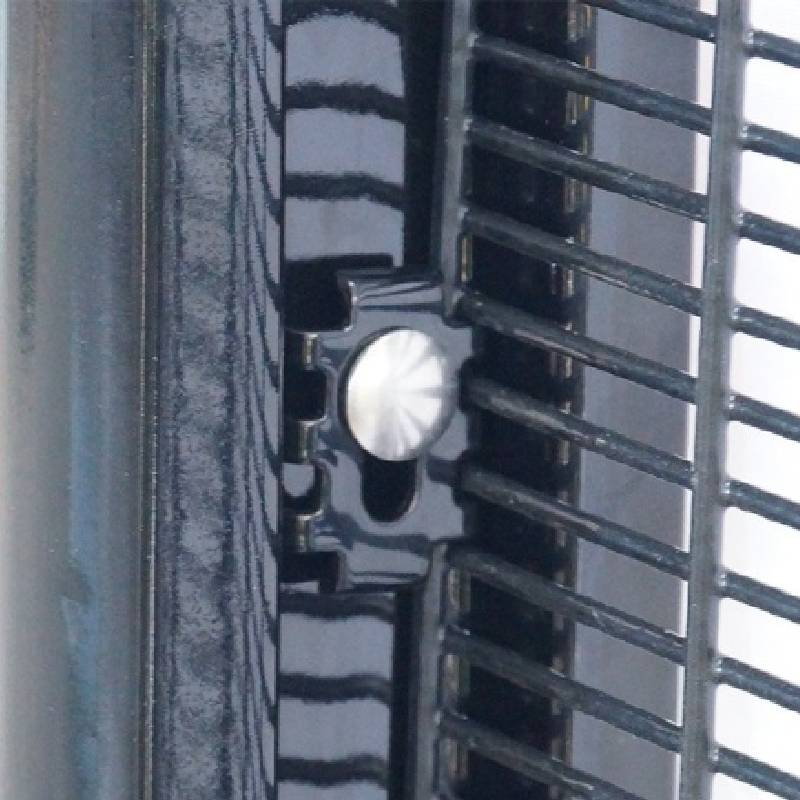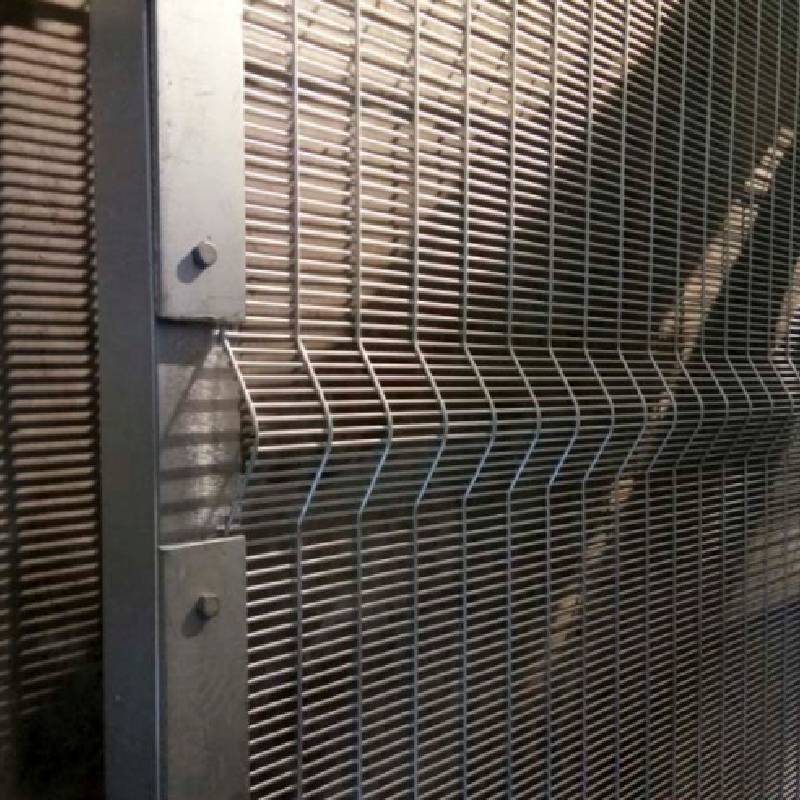-
Email:zhao@hyliec.cn
-
Tel:+86 311 85273988
-
WhatsAPP:8613931128750
-
 Afrikaans
Afrikaans -
 Albanian
Albanian -
 Amharic
Amharic -
 Arabic
Arabic -
 Armenian
Armenian -
 Azerbaijani
Azerbaijani -
 Basque
Basque -
 Belarusian
Belarusian -
 Bengali
Bengali -
 Bosnian
Bosnian -
 Bulgarian
Bulgarian -
 Catalan
Catalan -
 Cebuano
Cebuano -
 Corsican
Corsican -
 Croatian
Croatian -
 Czech
Czech -
 Danish
Danish -
 Dutch
Dutch -
 English
English -
 Esperanto
Esperanto -
 Estonian
Estonian -
 Finnish
Finnish -
 French
French -
 Frisian
Frisian -
 Galician
Galician -
 Georgian
Georgian -
 German
German -
 Greek
Greek -
 Gujarati
Gujarati -
 Haitian Creole
Haitian Creole -
 hausa
hausa -
 hawaiian
hawaiian -
 Hebrew
Hebrew -
 Hindi
Hindi -
 Miao
Miao -
 Hungarian
Hungarian -
 Icelandic
Icelandic -
 igbo
igbo -
 Indonesian
Indonesian -
 irish
irish -
 Italian
Italian -
 Japanese
Japanese -
 Javanese
Javanese -
 Kannada
Kannada -
 kazakh
kazakh -
 Khmer
Khmer -
 Rwandese
Rwandese -
 Korean
Korean -
 Kurdish
Kurdish -
 Kyrgyz
Kyrgyz -
 Lao
Lao -
 Latin
Latin -
 Latvian
Latvian -
 Lithuanian
Lithuanian -
 Luxembourgish
Luxembourgish -
 Macedonian
Macedonian -
 Malgashi
Malgashi -
 Malay
Malay -
 Malayalam
Malayalam -
 Maltese
Maltese -
 Maori
Maori -
 Marathi
Marathi -
 Mongolian
Mongolian -
 Myanmar
Myanmar -
 Nepali
Nepali -
 Norwegian
Norwegian -
 Norwegian
Norwegian -
 Occitan
Occitan -
 Pashto
Pashto -
 Persian
Persian -
 Polish
Polish -
 Portuguese
Portuguese -
 Punjabi
Punjabi -
 Romanian
Romanian -
 Russian
Russian -
 Samoan
Samoan -
 Scottish Gaelic
Scottish Gaelic -
 Serbian
Serbian -
 Sesotho
Sesotho -
 Shona
Shona -
 Sindhi
Sindhi -
 Sinhala
Sinhala -
 Slovak
Slovak -
 Slovenian
Slovenian -
 Somali
Somali -
 Spanish
Spanish -
 Sundanese
Sundanese -
 Swahili
Swahili -
 Swedish
Swedish -
 Tagalog
Tagalog -
 Tajik
Tajik -
 Tamil
Tamil -
 Tatar
Tatar -
 Telugu
Telugu -
 Thai
Thai -
 Turkish
Turkish -
 Turkmen
Turkmen -
 Ukrainian
Ukrainian -
 Urdu
Urdu -
 Uighur
Uighur -
 Uzbek
Uzbek -
 Vietnamese
Vietnamese -
 Welsh
Welsh -
 Bantu
Bantu -
 Yiddish
Yiddish -
 Yoruba
Yoruba -
 Zulu
Zulu
High-Quality Security Fence Solutions for Homes & Pools



In the era of advanced security requirements and complex infrastructural needs, security fence solutions have emerged as critical assets for residential, industrial, and governmental applications. HEBEI YELANG IMP. & EXP. TRADE CO., LTD., an industry leader with a global reputation, specializes in top-notch security fence manufacturing and export. This comprehensive guide delves into the latest trends, technical benchmarks, application scenarios, and authoritative information on security fencing, providing clarity for both end-users and decision-makers.
Website: https://www.hyliecfence.com
Hotline: +86 311 85273988
Email: zhao@hyliec.cn
Mobile: +86 311 85273988
Understanding Security Fence – Product Profile
Security fencing is a highly versatile and strong protective barrier that offers superior safety, confidentiality and anti-climb functionality. Manufactured from durable materials such as steel or aluminum, it is expertly engineered to provide maximum resistance to corrosion, tampering, and severe weather. The application scope of a security fence extends from border protection and critical infrastructure security to residential perimeters and pool enclosures, underpinning the safeguarding of assets and deterring unauthorized access.
HEBEI YELANG IMP. & EXP. TRADE CO., LTD. stands out with advanced R&D, strict quality management, and an extensive range of security fence solutions, setting industry benchmarks for performance and reliability.
Major Types of Security Fence & Applications
- Above Ground Pool Security Fence: Prevents accidental access, ensures child safety, and complies with pool safety policies.
- Inground Pool Security Fence: Custom-fitted for in-ground pool perimeters, these fences meet international pool safety standards.
- No Climb Security Fence: Defines perimeters with anti-climb mesh and overhangs for high-risk zones such as correctional facilities and military sites.
- Residential Security Fence: Enhances home privacy and security, often with decorative styling using wrought iron or aluminum panels.
- Wrought Iron Security Fence Panels: Combine aesthetic appeal with formidable strength, ideal for residences, historic properties, and public spaces.
- Security Fencing and Gates: Integrated gate systems for vehicle and pedestrian access control.
- Fence Security for Sensitive Sites: Used for critical infrastructure (power stations, airports), concert venues, and border control.
Industry Trends & Technological Innovations in Security Fencing
Modern security fence solutions integrate cutting-edge technology such as sensor-based intrusion detection, CCTV-compatible frameworks, modular anti-cut mesh, and rapid deployment systems. As cyber-physical security strategies rise, the demand grows for IoT-ready fences, eco-friendly finishes, customizable access controls, and high-tensile composite coatings (IFSEC Global Industry Insights).
- Smart fences equipped with vibration sensors and AI-driven pattern analysis
- Galvanized or powder-coated panels for >30 years anti-corrosion performance
- Flexible panel heights (1.2 - 3+ meters) and customizable mesh densities
- Quick-locking or bolt-fastened installation standards
- Integration with card access, biometric scanners, or facial recognition for gates
- Environmentally aware manufacturing and recyclable materials
Security Fence: Key Technical Parameters Overview
| Parameter | Typical Specifications | Relevance |
|---|---|---|
| Height Range | 1.2m - 3.6m+ (4ft - 12ft+) | Determines intrusion deterrence |
| Panel Material | Steel, Aluminum, Wrought Iron | Affects strength & longevity |
| Coating Type | Hot-dip Galvanized, Powder Coated | Corrosion resistance |
| Mesh Size | 50x200mm, 76.2x12.7mm, custom | Anti-climb functionality |
| Post Size | 60x60mm, 80x80mm, round/rectangular | Structural support |
| Gate Integration | Manual, Automatic, With sensors | Access control |
| Color Options | Black, Green, White, Custom RAL | Match to landscape/design |
Technical Parameters Trend (2019-2024)
Material Usage Distribution (2024)
Popular Security Fence Types Comparison (Key Specifications)
Main Performance Advantages & Use Cases
Security fence technology is continuously evolving to address new threat landscapes and functional requirements. Here is a snapshot of standout features and diverse application scenarios:
- Superior Deterrence: Visually imposing and physically robust fences discourage unauthorized intrusion.
- Multi-Layer Protection: Usable as primary or secondary perimeters, integrating with alarms, lighting, and CCTV.
- Long-lasting Materials: Galvanized steel and powder coatings assure corrosion-free durability.
- Compliance with International Standards: Meets ASTM F1043, BS 1722, and EN 10223 criteria (ASMAG Security Fence Standards).
- Specialized Fencing Solutions: Pool fencing designed for child safety (CPSC Pool Safety), military & infrastructure security, urban crowd control.
- Customizable Aesthetics: From minimal modern mesh panels to ornate wrought iron security fence panels, options to suit architectural taste without compromising protection.
- Eco & Smart Integration: Solar-powered access gates, recyclable panels, sensor fusion for early warning capabilities.
Professional FAQ on Security Fence Technologies
- Q1: What materials are most commonly used in security fence manufacturing?
- A: The main materials are galvanized steel (most prevalent), aluminum (gaining popularity for lightweight and corrosion resistance), and wrought iron (favored for aesthetics). Composite and polymer-coated variants are available for specific applications.
- Q2: What is “anti-climb mesh”, and how effective is it?
- A: Anti-climb mesh is a high-density wire arrangement (e.g., 76.2 x 12.7 mm) that makes it nearly impossible to gain footholds or fingerholds, thus providing optimal deterrence against scaling, as confirmed by industry tests and the Security InfoWatch forum.
- Q3: How are coating performance and corrosion resistance ensured?
- A: Through hot-dip galvanization or high-end polyester powder coating. These coatings pass 1,000+ hours of salt spray tests and offer up to 30+ years outdoor longevity (see American Galvanizers Association).
- Q4: What are the main specification options in security fence panels?
- A: Common specs include panel height (1.2 – 3.6m+), wire diameter (3.0 – 6.0mm), mesh aperture (50x200mm, 76.2x12.7mm), post types (round/rectangular), and coatings (galvanized, powder coated).
- Q5: Are installation standards harmonized globally?
- A: Installations should comply with ISO, ASTM, or local codes; for example, ASTM F1043 for industrial security fences. Proper post depth (600 – 1000mm embedment), clamp/band security, and surface leveling are best practices.
- Q6: What value does a security fence bring to residential applications?
- A: Beside intrusion deterrence, residential security fences offer privacy, pet containment, and attractive boundary definition. Popular choices include wrought iron security fence panels and powder-coated aluminium designs.
- Q7: How do integrated security fencing and gates function?
- A: Modern systems combine physical fencing, locking gates, CCTV, and access control (card, biometric, remote app), creating a “layered defense” zone. Smart fences may trigger instant alerts if breached.
Product Showcase: Security Fence from HEBEI YELANG
The security fence products from HEBEI YELANG IMP. & EXP. TRADE CO., LTD. are engineered for maximum protection, rapid deployment, and enduring performance. Our product range includes high-tensile welded mesh fence, modular anti-climb mesh, classic wrought iron security fence panels, and integrated gates—offering both robust perimeter control and modern styling. Certified to global standards, our solutions are present in critical defense, infrastructure, and commercial projects worldwide.
For customized quotations, specification selection, or technical consultation, contact: zhao@hyliec.cn | Hotline: +86 311 85273988
Conclusion: Future Outlook & Resources
The security fence industry will continue to evolve with advances in smart detection, eco-friendly manufacturing, and standards harmonization. Clients should seek EEAT-aligned manufacturers and partners with track records in quality, safety, and technological innovation. Leverage forums such as IFSEC Global, standards organizations, and technical journals for in-depth research and decision support.
-
Wire Fencing Rolls: Secure Your Space with Style
NewsJul.17,2025
-
Strong and Durable Round Fence Posts for Every Need
NewsJul.17,2025
-
Square Metal Posts: Strength and Style for Your Outdoor Space
NewsJul.17,2025
-
Revolutionize Your Garden with Innovative Garden Posts
NewsJul.17,2025
-
Durable and Versatile T-Posts for Every Project
NewsJul.17,2025
-
Affordable and Durable Fence Posts for Every Project
NewsJul.17,2025
